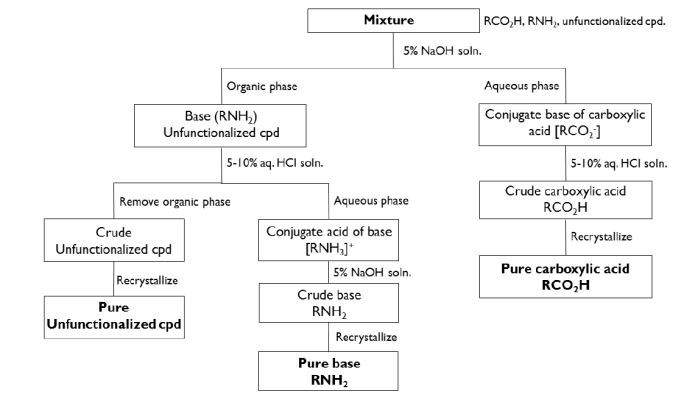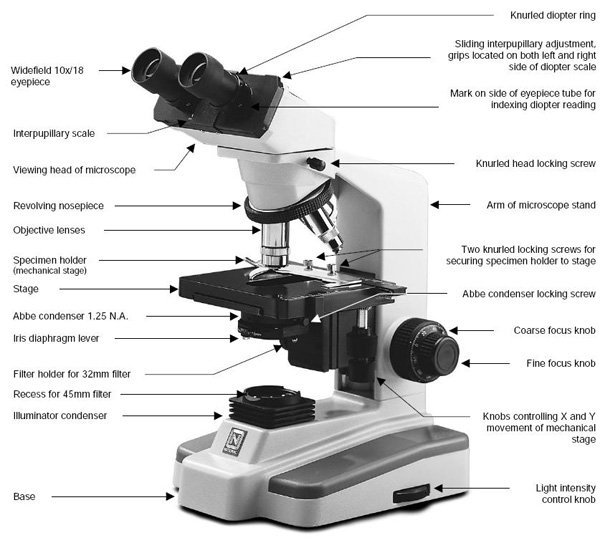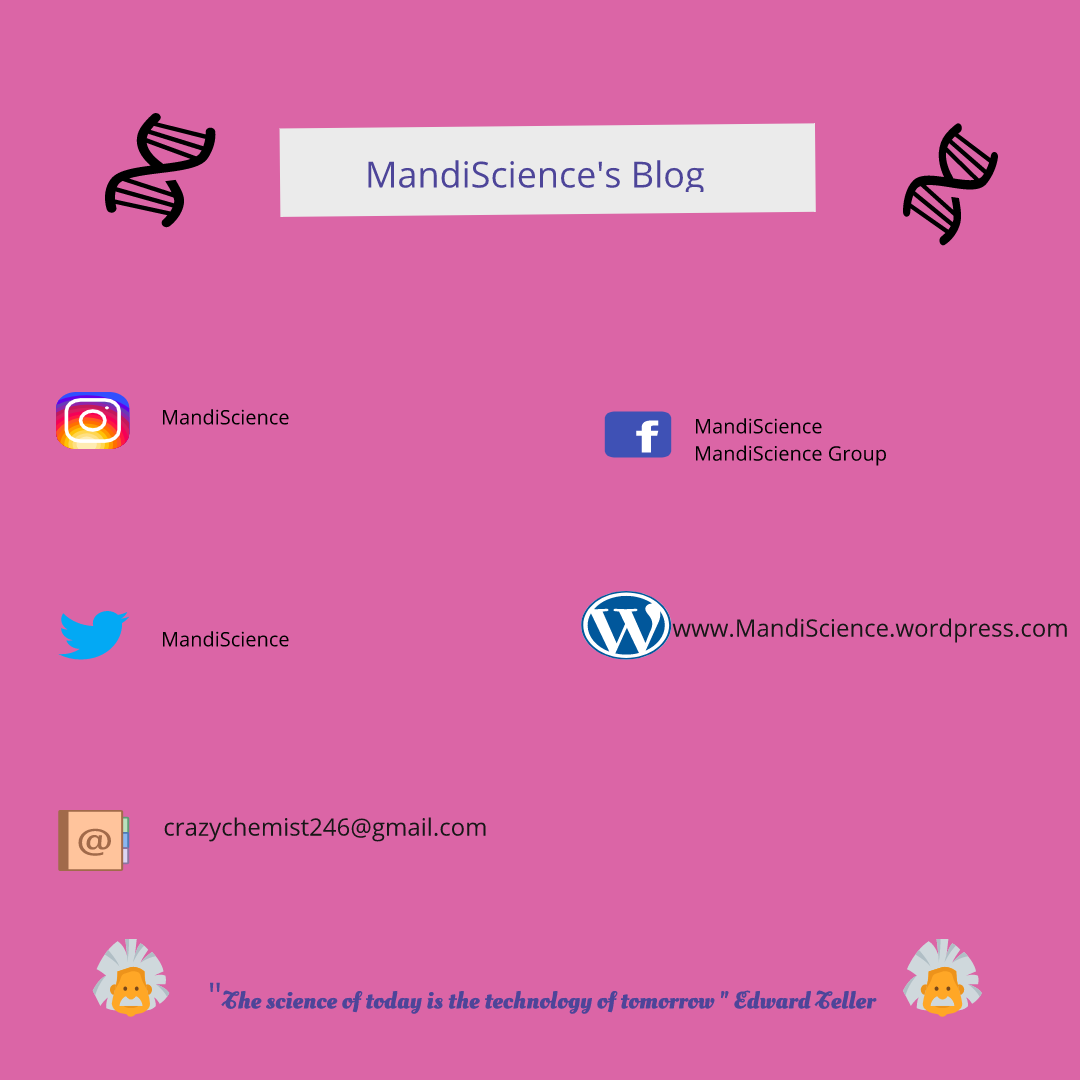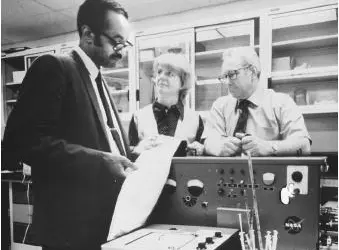Emmett is African American .He have a bachelor degree in science in biochemistry and a Master’s degree. He was an environmental Scientist and Biochemist. One of his invention was the method for the detection of Adenosine Triphosphate (ATP). This technique use the lantern of a firefly, therefore the technique used the naturally occurring chemical luciferin and luciferase enzymes . Hence why the technique is sometimes referred to as firefly bioluminescent essay . The technique can be applied to any determination of ATP
Rules for Scientific Drawing
When doing biological sciences at some point, the lecture will ask you to draw some specimen to illustrate what you saw in the microscope. I saw some videoes on youtube that gives great examples “the rules for scientific drawing“. But one or two points that I have to point out that the narrator didn’t mention. When giving the drawing a title and you using the scienctific name put the name in italic or underline the word twice.
Here are the youtube videoes:-
Figure 1:- To find the field of view.
Figure 2 & 3:- Rules of a drawing lab
Lab Report
One of the most important things to do when doing a lab or an experiment is to write a lab report. When writing a lab report, it prepares you for the future. That is gaining various skills for the scientific world, these included scientific thinking, scientific communication, and scientific methods. Also, a lab report is used in a way to persuade readers to accept or reject their hypotheses by presenting the data and their interpretation. The lab report can also be recorded for future references for future generations Here I will present you with a general format on how a lab report should be, some other information can be added depending on the lecturer or the subject.
Title
This consists of the name of the experiment that is being done at the moment. And also the date it starts and finishes.
Aim
This is a general statement, no more than two lines on why the experiment was being carried out
Abstract
The abstract is mainly done last. The abstract gives a summary to the reader to see if the whole lab report is worth reading. Therefore, the abstract gives a brief summary stating the method of preparation, the purpose of the experiment, results, and conclusions
Introduction
This is a background of the experiment which gives the reader enough information to understand the report.When doing the report make sure it aligns with the aim of the experiment.
Flow Chart (optional)
In some lab courses, lectures like you to do a flowchart before coming to lab. The flow chart is an outline of the procedure.
Here is an example of a flowchart:-

Methods
This is a general way of writing an experimental procedure for a lab since there are many variations of writing a lab depending on the subject. The experimental procedure is writing in the past tense and also it is described in a chronological order. This is to allow the reader, to understand how the experiment was carried out exactly. The lecture might add or subtract information from the experiment, so it advisable to don’t copy the exact procedure from the lab.
Results
This section consists of the observations that occur in the lab. It also consists of the balance chemical equations, graphs, calculations based on your results and analysis of errors.
When writing up this section up it is required to put the results in a table format, the reason being it is easy to read when analyzing the results and also easy to understand. When doing graphs remember to label the graphs clearly, points is clearly seen( point should plot as a cross or circle) and also have a proper title. Make sure that the independent variable is plotted on the horizontal (x-axis) axis. While the dependent variable is plotted on the vertical axis( y-axis). Make sure that the axis is label with the name of the quantity that is being plotted and the correct units. The scales should be chosen appropriately, so the points spread across the graph paper.
Discussion and Conclusion
This section mainly deals with the interpretation and analyst of your results. And referring it back to your aim of the experiment. To see if it was rejected or accepted.
References
This section deal with any work that you may use in writing your report which should be properly cited. Any journals, books, data, even if the original text is paraphrased the information have to be cited.The lecturer would tell you which reference style them prefer but science mainly use Chicago style. To see how to reference correctly, please click here .
Bertram Brockhouse
Did you know?
Bertram Brockhouse was a Nobel prize for physics winner in 1994. He had share the prize with American Physicist Clifford G. Shull. He won it for the development of neutron -scattering techniques.
The Microscope
A microscope is an instrument which is used mainly in biological sciences courses in high school, tertiary education and also by scientists. This instrument is used to help students and scientists to study the microorganisms, the cell and the molecular structure of various specimens.
I will insert an image and a video from youtube to show the correct way on how to use a microscope.

Figure 1:- The Microscope
Lab equipments :- part 1
In this video that I found on youtube, it shows you some of the different types of lab equipment that are being used in the laboratory.
See video
Laboratory Safety:- The Do and the Don’t inside of the Lab
It’s the beginning of a new school term or semester, where some students will be taking science for the first time. In my blog, I will be giving you the most important rules that you should follow in a lab.
Do and don’t in a lab
1.Don’t go into the lab unsupervised
This is a golden rule in most laboratories whether it is high school, college or university. There can be various reasons like lab assistants had set up the lab for a particular experiment for the lecture or teacher. There are inflammable chemicals and need special supervision just to need a few reasons.
2.Don’t eat or drink in a lab
Since the lab contains chemicals, it easy for foods and drinks to be contaminated. In fact, when leaving the lab ALWAYS wash your hands. This is a precaution so that you wouldn’t carry out any toxic materials with you out of the lab.
3.Don’t play or run in the lab
The lab is not a playground. In fact, you are your brother keeper. Meaning, that your colleagues(friends) will be carrying chemicals, equipment to one location to another location. Therefore, you have to be careful.
Do’s
4.Keep your space or surrounding clean
If liquid spill it is easier to clean up. And also
5.Always wear proper attire
Since the lab is made up of many chemicals, wearing the correct clothing and gear is important.
For girls and I guess for boys also. If you have long hair try to keep the hair neat or put it in a ponytail. Something that will keep the hair out your face or will not interrupt you went doing your experiments.
Always wear goggles:- This is to prevent any chemicals going into your eyes
Always wear your lab coats:- This is to prevent your clothes getting dirty or if an accident occurs it can be easily taken off the coats.
Wear long pants and enclosures shoes
And also wear gloves necessary
6.Always follow instructions
The key word is LISTEN. In facts always arrive early for the lab talk. This is where the lecturer or sometimes the lab assistance decided to something in the lab manual for some reason. Also during the lab always be attentive because there might be fire drill or something or last minute change for the experiment.



